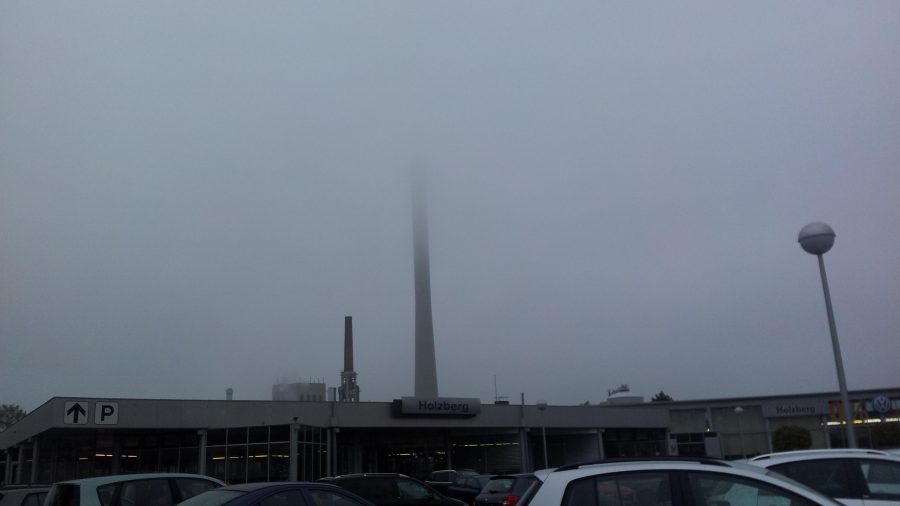The VW diesel emissions debacle showed the world it was all too easy to fudge the figures on cutting emissions. Now the Australian government is in discussions with industry on setting emission standards for new vehicles. Unfortunately, different groups come up with their own statistics, making it harder for consumers to know the truth.
Targets
Current emissions targets – and penalties for not meeting them – are still under discussion. The strongest target is to reduce from 192g of CO2 per km to 105g by 2025. Compared to the EU and US, this target is still quite soft:
Australia – 105g of CO2 per km by 2025
EU – 95g of CO2 per km by 2021
US – 101.3g of CO2 per km by 2025.
Even so, it seems harsh to the Australian car industry. Popular models like Toyota Hilux, Corolla, Hyundai i30 and Ford Ranger, for example, could fail these new targets. Federal Chamber of Automotive Industries (FCAI) even claims cutting emissions could “severely impact on the work, utility and lifestyle options of Australian consumers”.
The Department of Infrastructure and Regional Development (DIRD) expects the emissions target process to phase in over 4 years. By 2022, 65% of new cars would need to meet the target, compared to 100% of cars 3 years later. There would be a credit and debit offset scheme during that time.
Price of vehicles
Government figures show these proposed standards would push up the average cost of a car by $1,500 in 2025. But then owners would save $830 in fuel in the first year or a substantial $8,500 over the life of their car.
- Australian Automobile Association (AAA) says these standards would bump up the cost of a Toyota Accent by $3,925
- Car industry experts forecast popular cars would cost an extra $5,000.
People who buy new cars need to know the truth about cutting emissions, if only to tell them how much fuel they might use. Petrol consumption is a good indicator of CO2 emissions (so is diesel, but with a different multiplier).
Fuel consumption
Fuel consumption has changed very little in 20 years, in spite of all the hype. DIRD says CO2 emissions are rising in Australia because the vehicle fleet is growing and less efficient but popular vehicles, like one-tonne utes, have CO2 emissions over 200kg/km.
Actual consumption of fuel rarely matches manufacturer figures. Practical Motoring says this is because vehicles are tested under false conditions with all favourable tolerances, eg, over-inflated tyres or smaller than average fuel tanks.
To provide a more accurate result for Australian drivers, the AAA initiated a pilot real-world vehicle emissions program. Preliminary results were shocking. Test vehicles:
- Used up to 60% more fuel
- Produced up to 60% more CO2 than shown on the fuel consumption label
- Emitted noxious gases up to eight times the legal limit.
The AAA said we need an Australian Real-world Driving Emissions (RDE) testing program to test Australian vehicles, using Australian fuels, on Australian roads. It is the only way to provide accurate information on cutting emissions that motorists can trust.
For more, see our blog, Do Australians care about car emissions?.


your opinion matters: